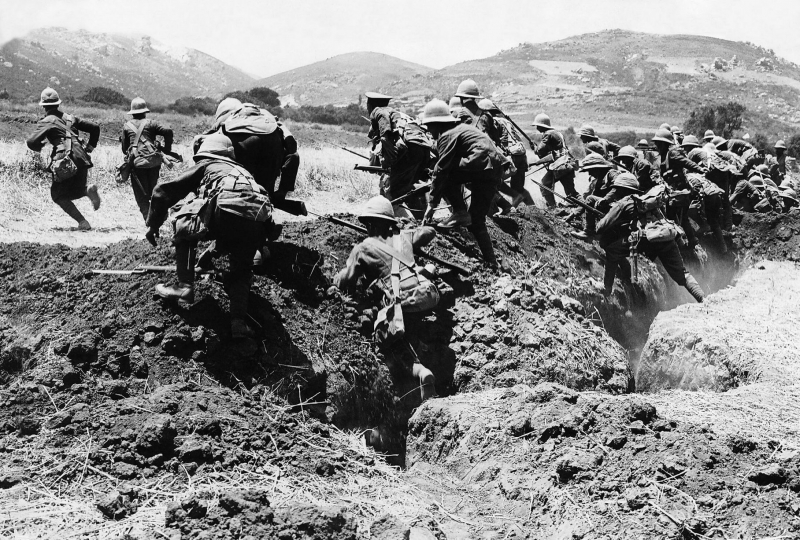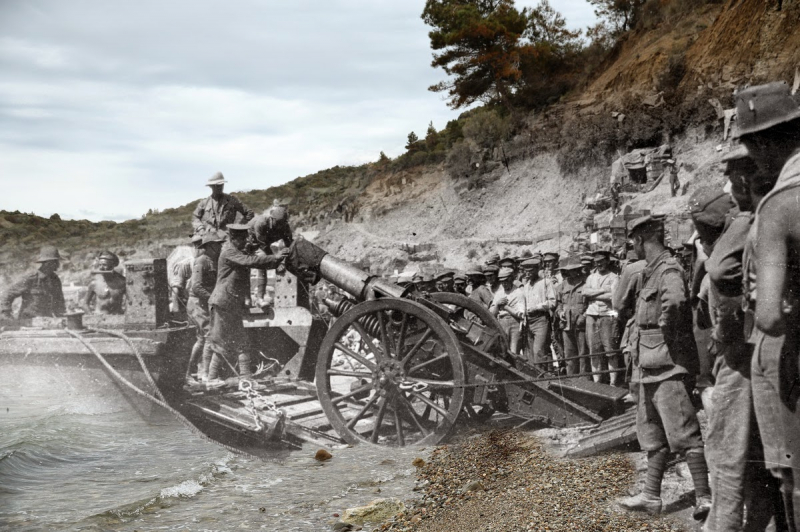Gallipoli Campaign
During World War One, the Gallipoli campaign sought to attack Istanbul, the capital of the Ottoman Empire. Over 480,000 troops from the allies' military participated in the campaign, but the majority of them would never return. Along with lesser contingents from Australia, New Zealand, Russia, and other allies, the majority of it was made up of British troops.
The allies managed to take a few positions on the beach in February 1915 despite heavy losses suffered by the Royal Navy under the command of Winston Churchill, who was then the First Lord of Admiralty in the British Navy. These positions would soon be transformed into a network of trench lines resembling those in Europe.
The allies attempted to hold their positions for approximately a year, but they were helpless against the entrenched and well-equipped Ottoman force. They were also able to strengthen their fortifications considerably more quickly than the allies, who were battling their own devastating epidemics of illnesses like dysentery. In January 1916, the allied force gave up, but only after suffering significant losses. Although some estimates put the figure considerably higher, both sides sustained more than 250,000 casualties.
Date: 17 February 1915 – 9 January 1916(10 months, 3 weeks and 2 days)
Location: Gallipoli Peninsula, Sanjak of Gelibolu, Adrianople Vilayet, Ottoman Empire
Result: Ottoman victory












